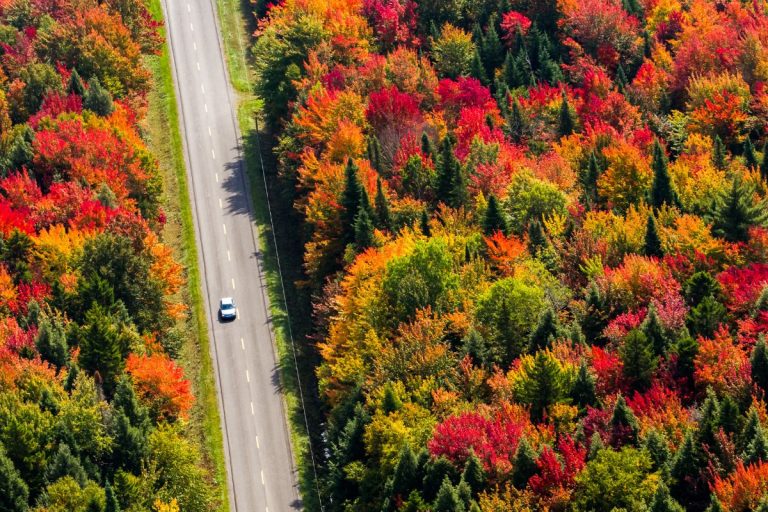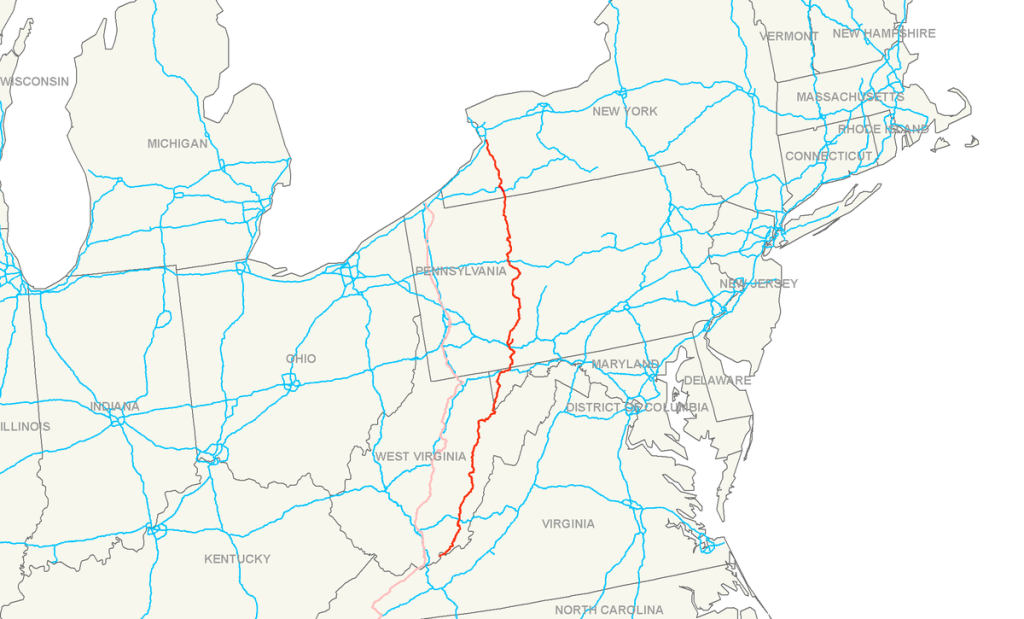Each autumn, the United States undergoes a vibrant transformation. From the dense woodlands of New England to the expansive landscapes of the Rocky Mountains, the lush greenery of summer gives way to a brilliant display of orange, yellow, and red hues.
One of the nation’s most eagerly awaited natural spectacles is the annual foliage change, which draws both locals and visitors. For those seeking an up-close encounter with this phenomenon, a road trip often proves the ideal choice. Across the country, numerous scenic routes have been thoughtfully designed to showcase autumn’s splendor, meandering through picturesque towns and skirting serene lakes.
In order to assist other visitors in finding these scenic routes, survey participants were asked to rank their preferred routes for seeing fall foliage. Below is the top scenic drive across America to witness the fall foliage in 2023, as voted for by 3,000 leaf peepers.
Trail US Route 219, West Virginia
The Seneca Trail, once trodden by indigenous Native American tribes, has transformed into a historical route that gracefully reveals the unparalleled beauty of the Appalachian Highlands. As autumn unfurls its vibrant palette, the thick oak, maple, and hickory forests flanking this trail undergo a breathtaking metamorphosis.
The lush greenery of summer gracefully yields a mesmerizing tapestry painted with vivid reds, oranges, and yellows, creating a magnificent mosaic of color. Meandering through the undulating hills and valleys of this trail, each bend presents sweeping panoramas of the fiery fall foliage, offering an enchanting visual spectacle at every turn.
Along the Seneca Trail, you’ll encounter charming villages and landmarks, each sharing stories of the region’s rich history and cultural heritage, enhancing the overall allure of this scenic journey.
In ancient America, a vast network of routes was laid out by Native American societies, connecting areas from New York to Canada, to the Southeast and Southwest, and to Mesoamerica. These routes were used for trade and other purposes.
One of these trails, the Seneca Trail, parallels today’s Route U.S. 219 and connects Silver Lake, which is near the Maryland border, with Princeton, which is near the Virginia border. From Buffalo, New York, to Princeton, West Virginia, U.S. 219 today stretches more than 500 miles. Its beginnings date back to the early 1900s, when it was incorporated into the state and federal highway system. It largely follows the historic route of the Seneca Trail, a major trade and transportation route historically.


